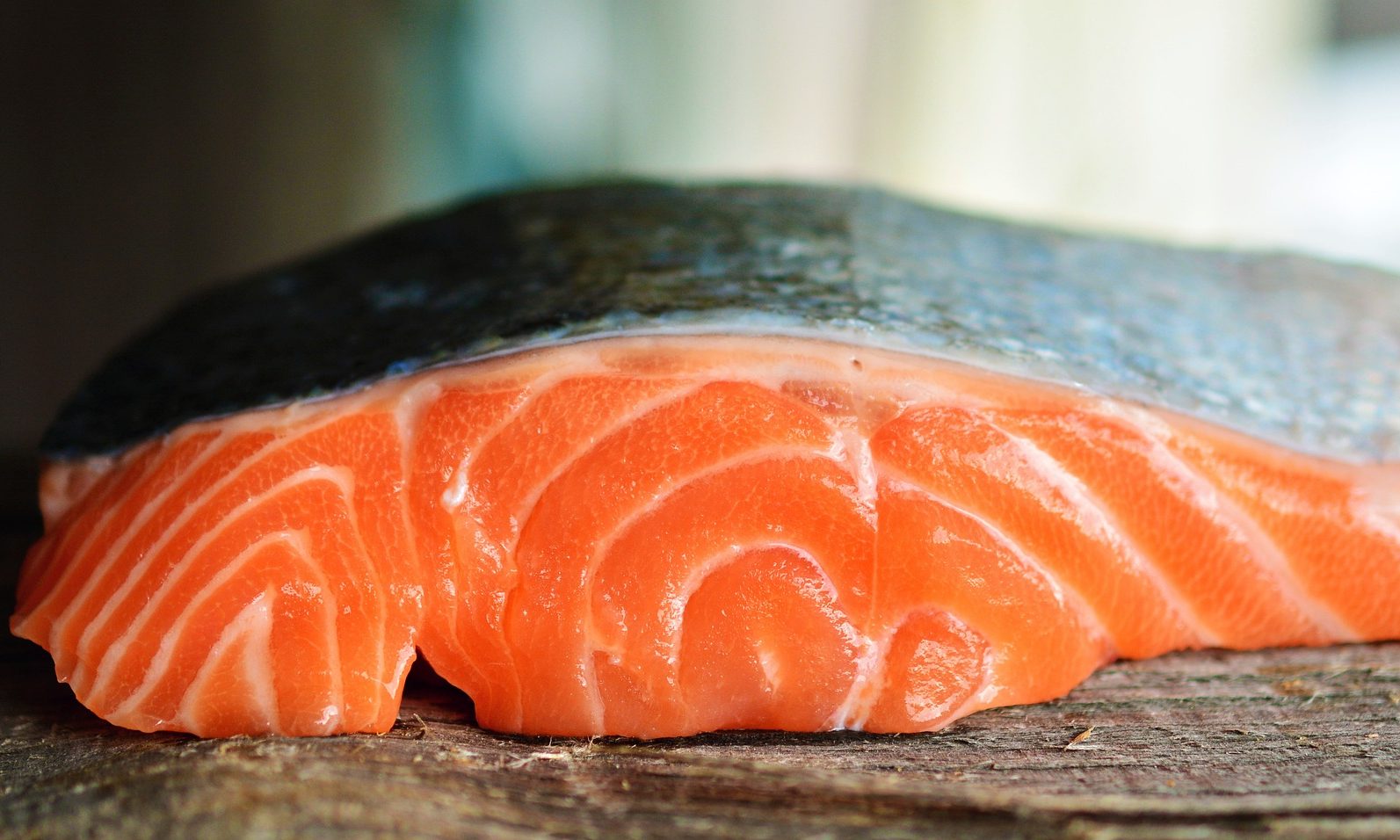
According to a report from IntraFish, salmon is the second most consumed seafood in the United States, falling behind only shrimp on an extensive list of commonly enjoyed kinds of seafood. It makes sense. Attend any wedding or catered event, and salmon is sure to be on the menu. The seafood counter at your local grocer is likely to have more of this beautifully orange-hued fish than any other variety on display, and there are more Pinterest recipes for salmon dishes than anyone knows quite what to do with.
The little black dress of the seafood world, salmon can be dressed up or down and is appropriate for any meal of the day, and everyone has their favorite version. It’s also one of the most diverse, healthy, crowd-pleasing foods that’s actually easy to prepare. Cooking salmon is at least a once-a-week occurrence in my house and one of the few healthy things my kids will eat without complaint.
Because of its sparkling popularity, though, salmon – inevitably – is bound to be the victim of some rumors.
You shouldn’t eat salmon skin
This common misconception took a strong hold back in the early ’90s when people were absolutely terrified of consuming anything containing fat. As we should all know now, though, there’s a big difference between good fats and bad fats. Salmon skin is indeed fatty, but it falls into the good fats category, along with deliciously healthy ingredients like avocados, nuts, and olive oil. These good fats contain omega-3 fatty acids that are wonderful for everything from helping to prevent cardiovascular disease to clearing up breakouts. So crisp up that delicious skin with a little salt and olive oil, and enjoy!
Farmed salmon is bad
In the same way chicken, beef, and pork vary in the quality of conditions in which they’re raised, salmon does as well. Of course, there are the mass-produced, chemical-pumping, factory-like farms that are churning out salmon of far lesser quality, just like any number of big farming corporations and businesses. But there are also salmon farms that are doing it right. Plenty of farms are raising salmon sustainably without chemicals or antibiotics and taking extra time and care to reduce their practices’ global footprint. A big factor here is the type of salmon that is being farmed. The farming of Atlantic salmon, for example, is typically well-managed and can be easily done sustainably.
Of course, this farm-raised salmon is going to cost a few pennies more than the mass-produced stuff, but the same is true for any other protein at the grocery store. A more ethically raised product, while pricier, is going to taste much better and be far easier on the conscience.
Furthermore, it’s worth noting that properly and sustainably farmed salmon supports wild stocks remaining abundant, which has been a real cause for concern in recent years.

Fresh is always best
The thing about fish is that it’s almost always frozen before you buy it from the grocery store. Unless you’re buying your fish straight off the boat at the docks at 4 am, there’s a pretty good chance it’s been frozen before being so beautifully arranged over ice in your grocery store’s glass display case. The good news? That’s perfectly fine, especially when it comes to salmon. A high-fat fish like salmon freezes exceptionally well, with almost zero effect on taste, texture, and appearance. Furthermore, freezing salmon directly after catching it actually seals in that fresh flavor and nutritional content, which is far better than letting it sit around in a refrigerator for a few days.
All salmon is high in mercury
Rumor has it that salmon has developed a reputation for being especially high in mercury compared to other seafood, which simply is just not the case. Just as with many other fish, mercury levels vary in salmon, depending on the species. Mercury levels tend to be very high in larger, predatory fish like sharks and swordfish. In contrast, Sockeye and King salmon are particularly low in mercury levels due to their diet and shorter lifespans. According to the FDA, the mercury levels in these salmon typically range from about 0.01 to 0.02 parts per million, which are safe to consume up to three times per week.

Wild salmon is always sustainable
This issue gets more than a little bit complicated. Many people are under the impression that fishing for wild salmon is the more sustainable option, but this isn’t always the case. The sustainability of wild salmon fishing depends greatly on the species and the fishing practices and regulations depending on the location. In California and Oregon, species like Chinook salmon are considered endangered due to overfishing, so fishing for these – while seemingly harmless – could turn out to be a less sustainable (and perhaps illegal) move.
Granted, all of these rules and regulations can be confusing when all you’re after is a delicious salmon dinner. We get it. But it really is so important to eat sustainably, and organizations like The Marine Stewardship Council have made it far simpler to find salmon that is healthy and sustainably managed. Look for salmon – and all seafood – that has a blue MSC label. MSC-certified seafood indicates that the business you’re supporting is well-managed and uses eco-friendly fishing practices.






